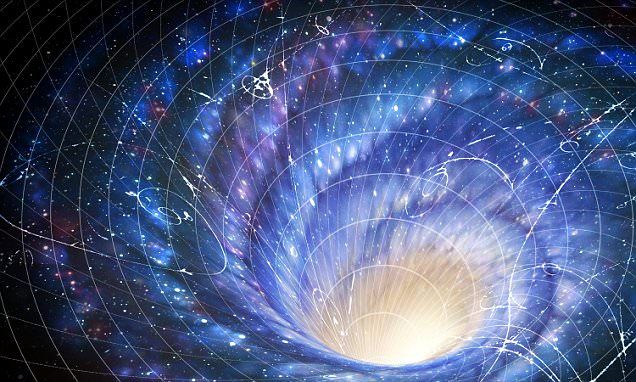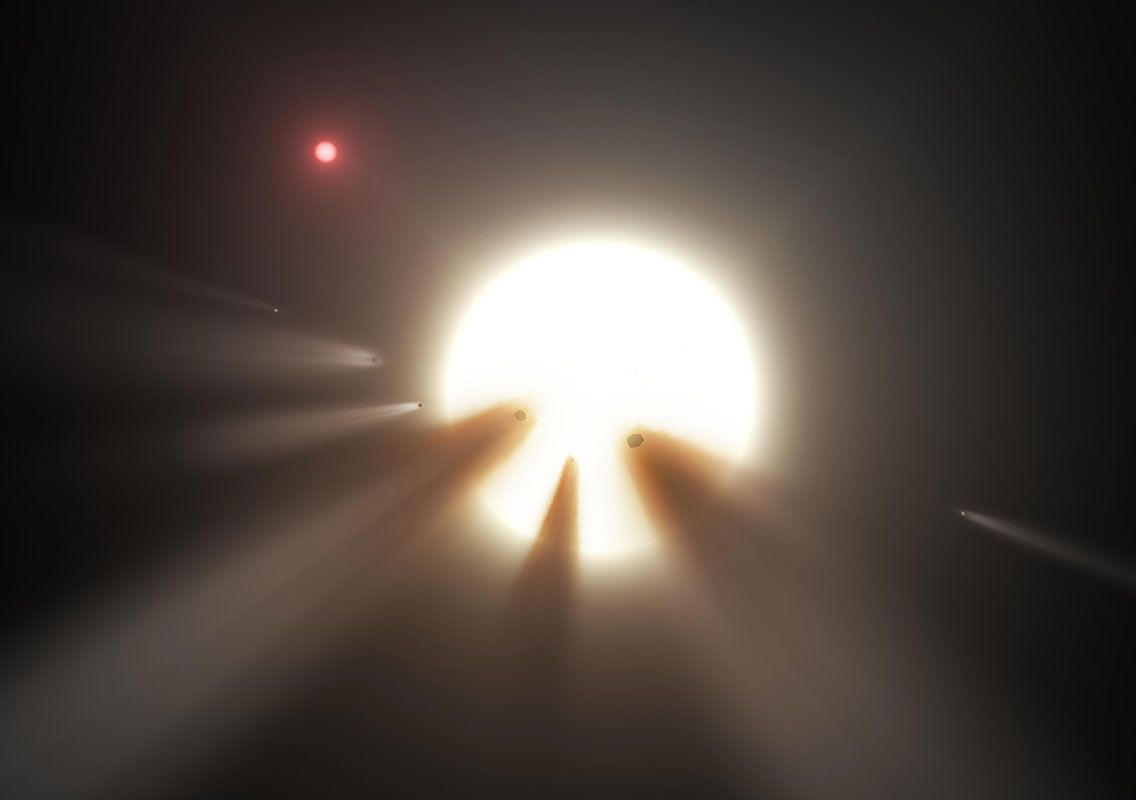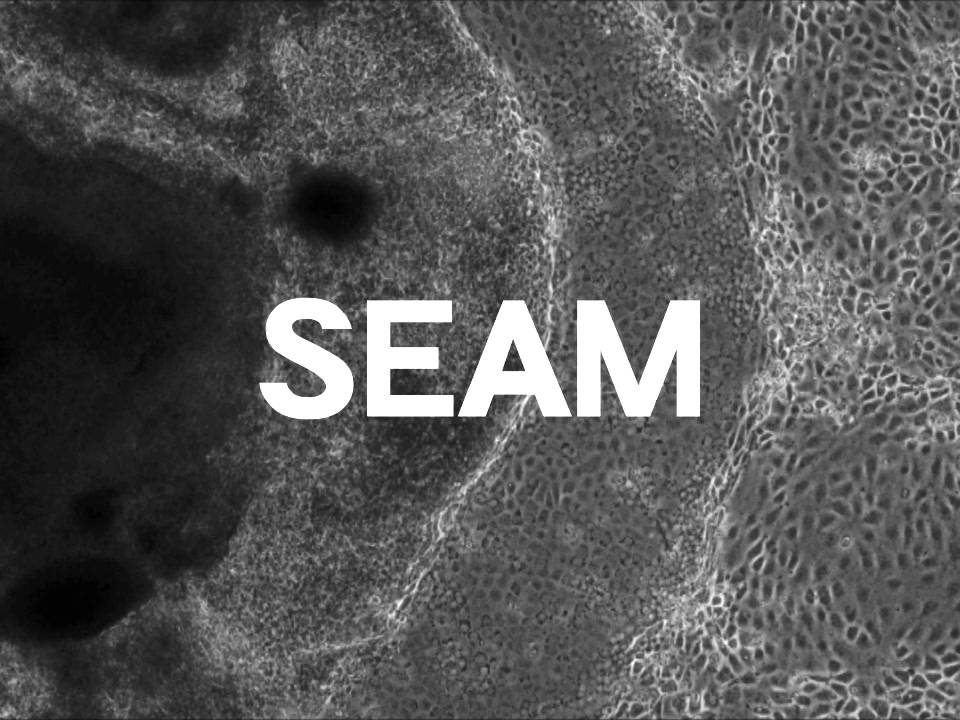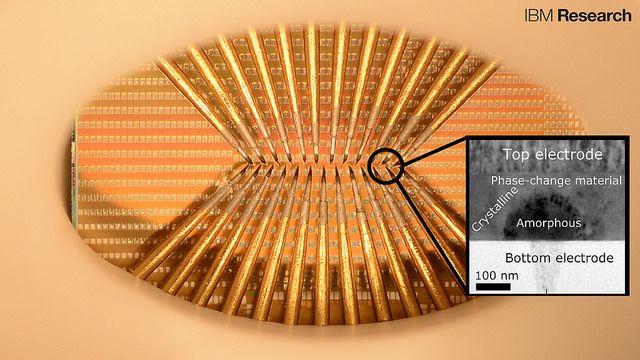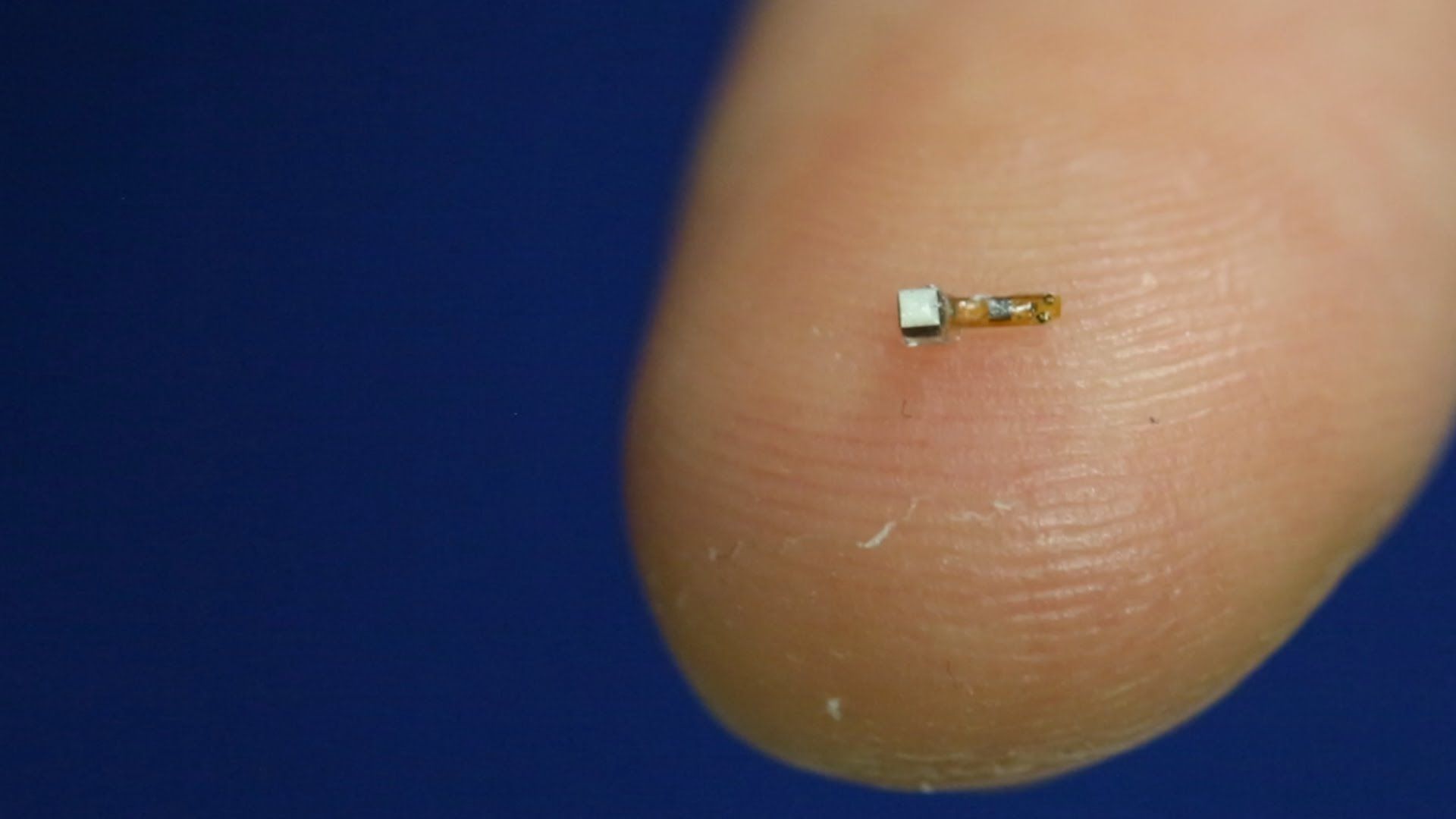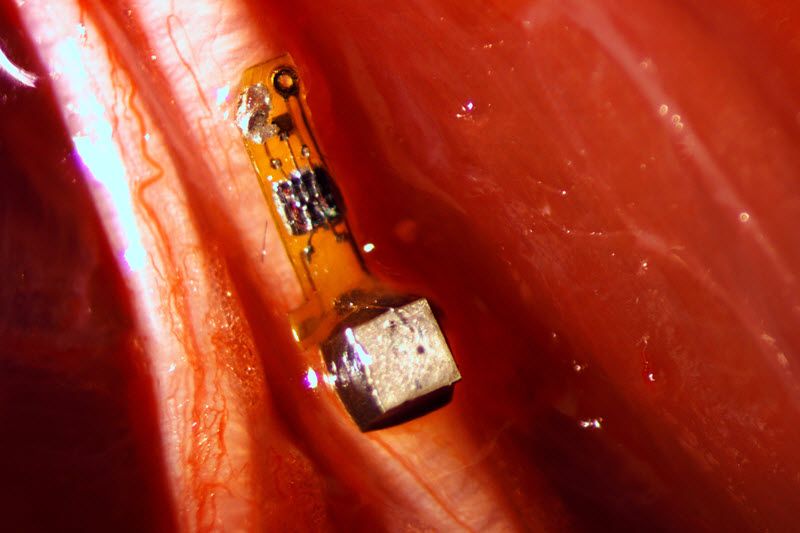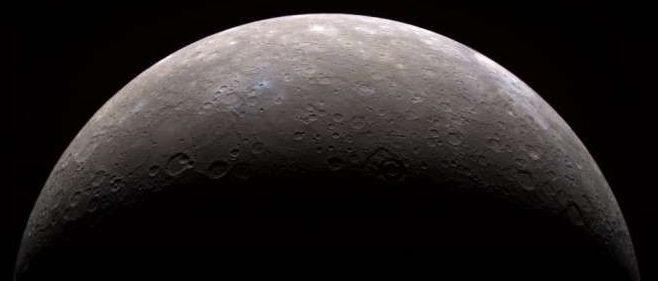Aug 8, 2016
China may be the future of genetic enhancement
Posted by Aleksandar Vukovic in categories: bioengineering, biotech/medical, economics, genetics, neuroscience
Indeed, if we set ethical and safety objections aside, genetic enhancement has the potential to bring about significant national advantages. Even marginal increases in intelligence via gene editing could have significant effects on a nation’s economic growth. Certain genes could give some athletes an edge in intense international competitions. Other genes may have an effect on violent tendencies, suggesting genetic engineering could reduce crime rates.
We may soon be able to edit people’s DNA to cure diseases like cancer, but will this lead to designer babies? If so, bioethicist G Owen Schaefer argues that China will lead the way.

